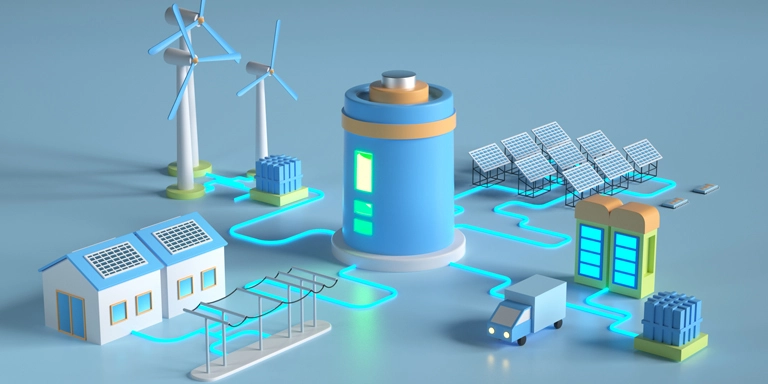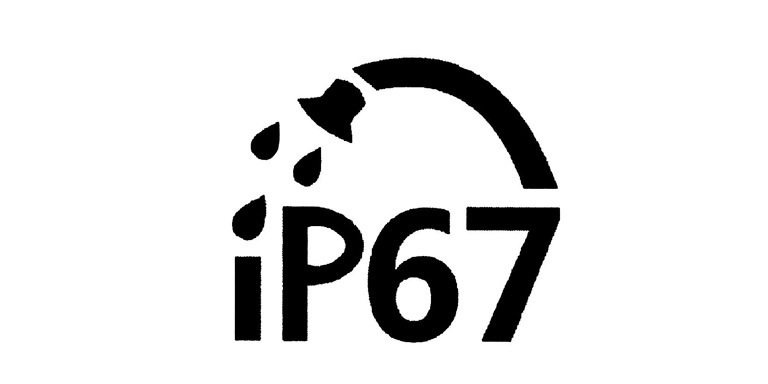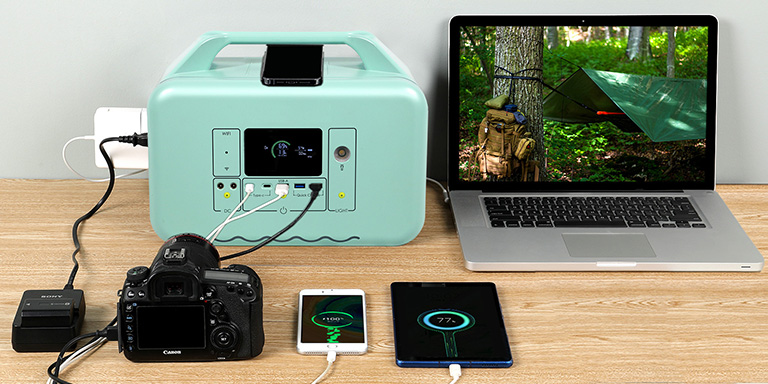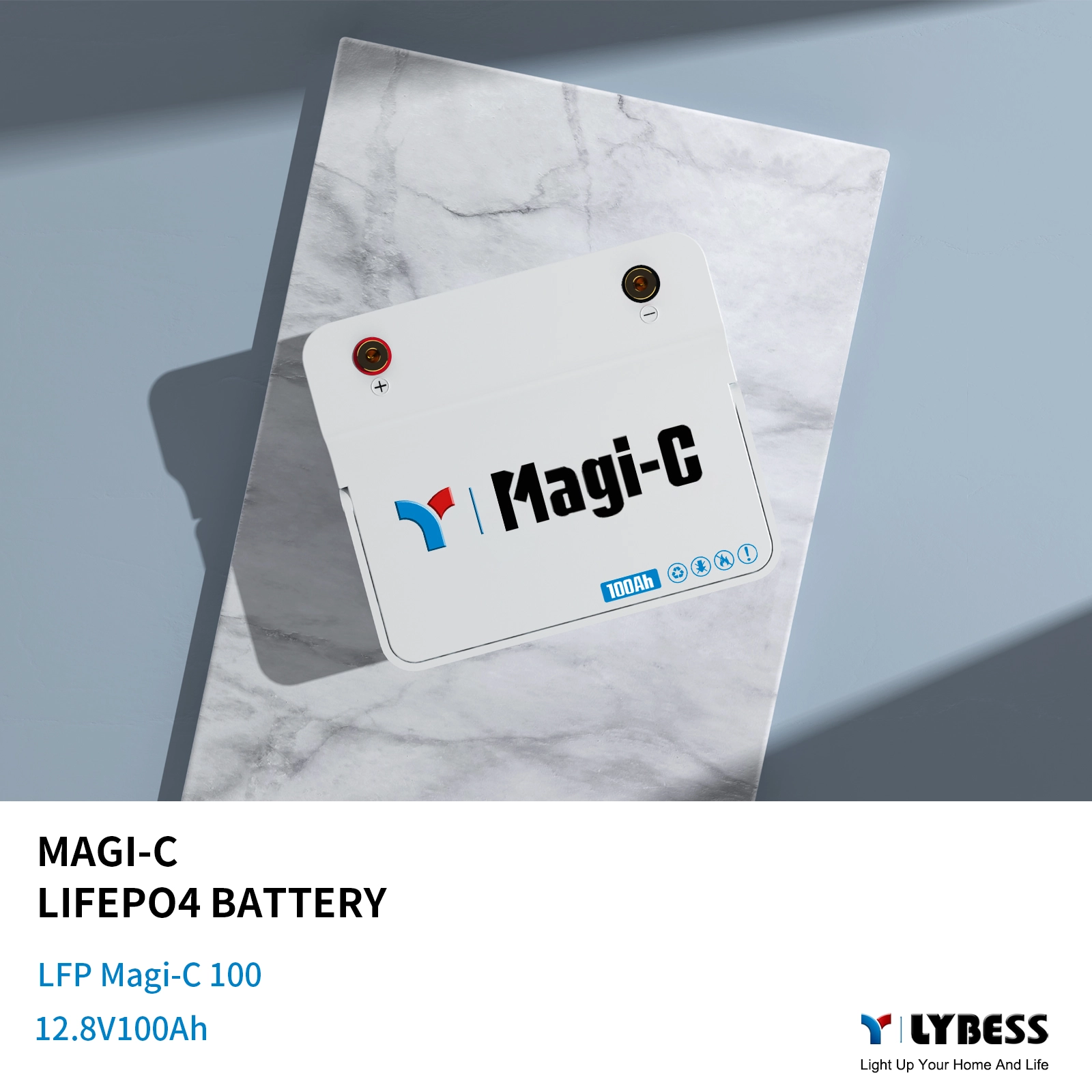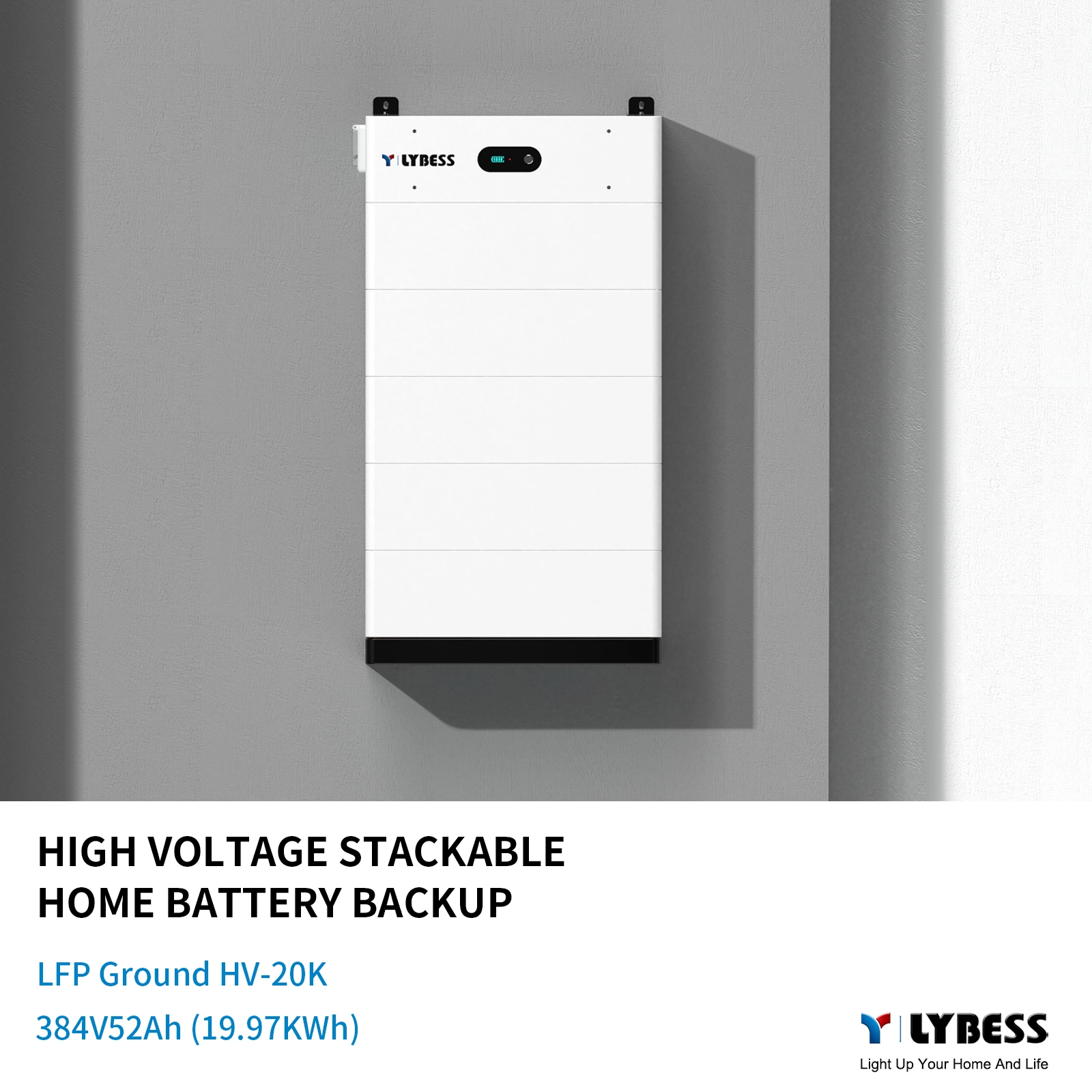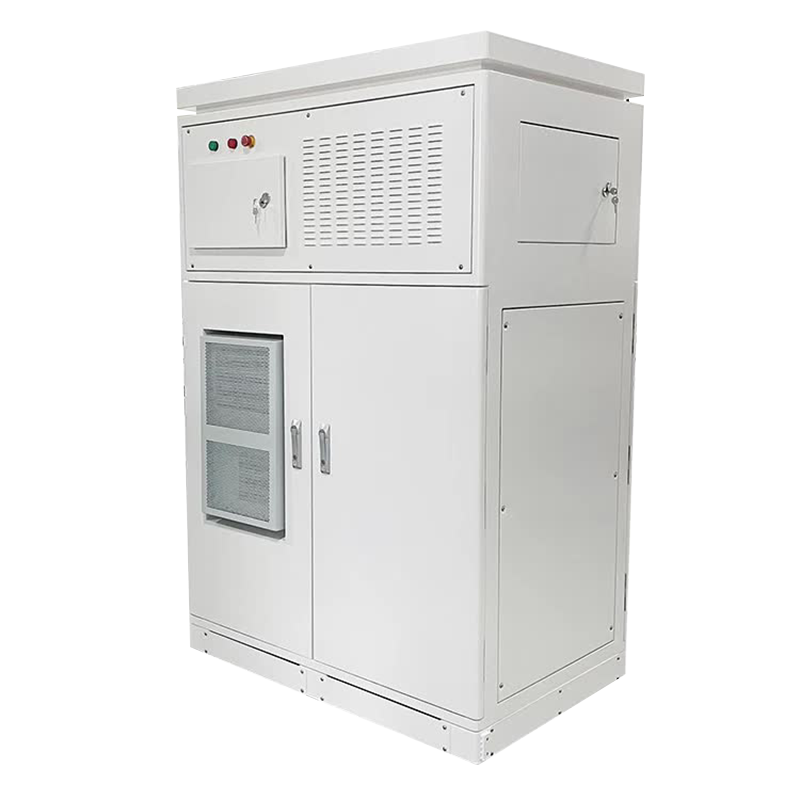The difference between lithium iron phosphate, ternary lithium and lithium manganese oxide batteries
The current lithium battery market is booming, with ternary lithium batteries, lithium manganese acid batteries and lithium iron phosphate batteries being the most widely used types of lithium ion batteries. Although these batteries are all known as lithium batteries, they are very different in many ways. Lithium iron phosphate has become the new mainstream trend in the lithium battery industry and is gradually replacing ternary lithium and lithium manganate products.
So why lithium iron phosphate material can surpass many materials and become the mainstream of the market? Today we will introduce you to the relevant knowledge of this.
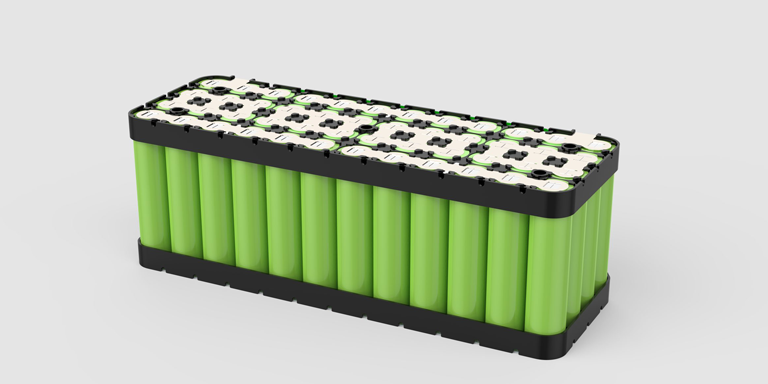
The difference between lithium iron phosphate, ternary lithium and lithium manganese oxide batteries
Differences in chemical composition:
The main thing that distinguishes the different materials of lithium batteries is the positive and negative electrode material of the battery. The negative electrode material of most battery types is graphite, so the main point of differentiation is the difference in the positive electrode material.
Ternary lithium batteries are composed of nickel-cobalt-manganese cathode material, graphite cathode, electrolyte, and diaphragm. The positive electrode is made of three materials: nickel, cobalt and manganese, which are mixed in different proportions in nickel, cobalt and manganese, hence the name “ternary”. This method results in a battery with better performance and cost control.
Lithium manganate batteries: The cathode material of lithium manganate batteries is lithium manganate, the cathode material is graphite, the electrolyte is organic solvent and lithium salt, and the diaphragm material is polyethylene. The cost of lithium manganate batteries is relatively low and can meet the demand of the middle and low-end market.
Lithium iron phosphate: The positive electrode material of lithium iron phosphate is lithium iron phosphate, the negative electrode material is graphite, the electrolyte is organic solvent and lithium salt, and the diaphragm material is polyethylene.
Performance features
| Lithium iron phosphate | Trithium | Lithium manganate | |
| Anode materials | Lithium iron phosphate | Nickel-cobalt-manganese | Lithium manganate |
| Nominal voltage | 3.2V | 3.6-3.7V |
3.7V |
| Number of cycles | >2000 | >800 | >500 |
| Safety features | Good | General | General |
| Energy density | 168Wh/kg | >200Wh/kg | 180Wh/kg |
| Operating temperature | -20°C~75°C | -40°C~50°C | -20°C~50°C |
(Note: the above figures refer to the usual situation)
Advantages and fields of application
Ternary lithium batteries: Ternary lithium batteries have higher energy density, high charging and discharging efficiency, and can withstand high current charging and discharging, and also have a longer service life and better safety performance, but are more costly. Ternary lithium batteries are widely used in high-end fields such as mobile power, electric vehicles and electric tools, and are currently one of the most widely used batteries in the electric vehicle field.
Lithium manganate batteries: The cost of lithium manganate batteries is relatively low, but the structural stability of lithium manganate materials is poor, and the phenomenon of “passivation” can easily occur. At the same time, the energy density is low, the relative capacity is small, and the high temperature resistance is not excellent, so it cannot meet the high-end market demand. Lithium manganate batteries are widely used in the electric bicycle, electric motorbike and drone markets.
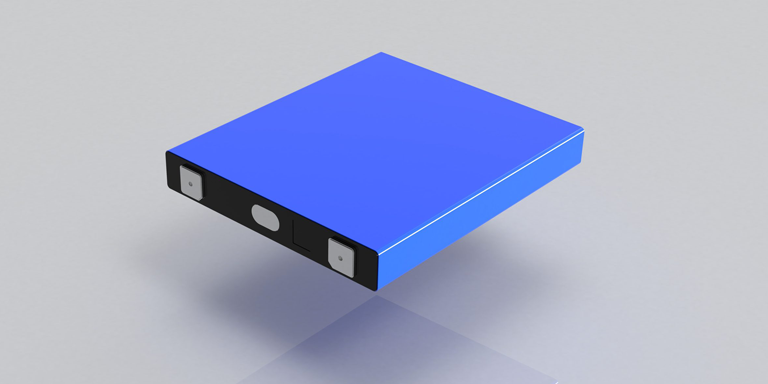
LiFePO4: LiFePO4 has a long cycle life and performs well in high-temperature environments, but also has a relatively low capacity. Lithium iron phosphate batteries have a low self-discharge rate and are able to maintain a high level of power after a long period of inactivity. The safety performance of LiFePO4 is good for resisting the impact of external forces, extrusion and other adverse environmental factors. Lithium iron phosphate batteries are widely used in electric vehicles, electric logistics vehicles, backup power, etc. Lithium iron phosphate material is also the mainstream material for high-end home storage products.
Summary
In summary, ternary lithium batteries have high energy density, long life and outstanding safety performance, but high cost; lithium manganese acid batteries have long cycled life and low cost, but slightly poorer safety performance, as well as low energy density; lithium iron phosphate batteries have long cycled life and excellent safety performance, but relatively low energy density. LYBESS, as a professional manufacturer in the energy storage battery industry, will continue to provide customers with stable LiFePO4 products.






 Facebook
Facebook
 Twitter
Twitter
 Linkedin
Linkedin
 Back to list
Back to list